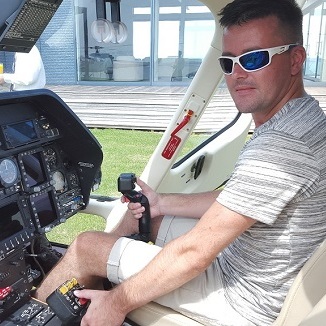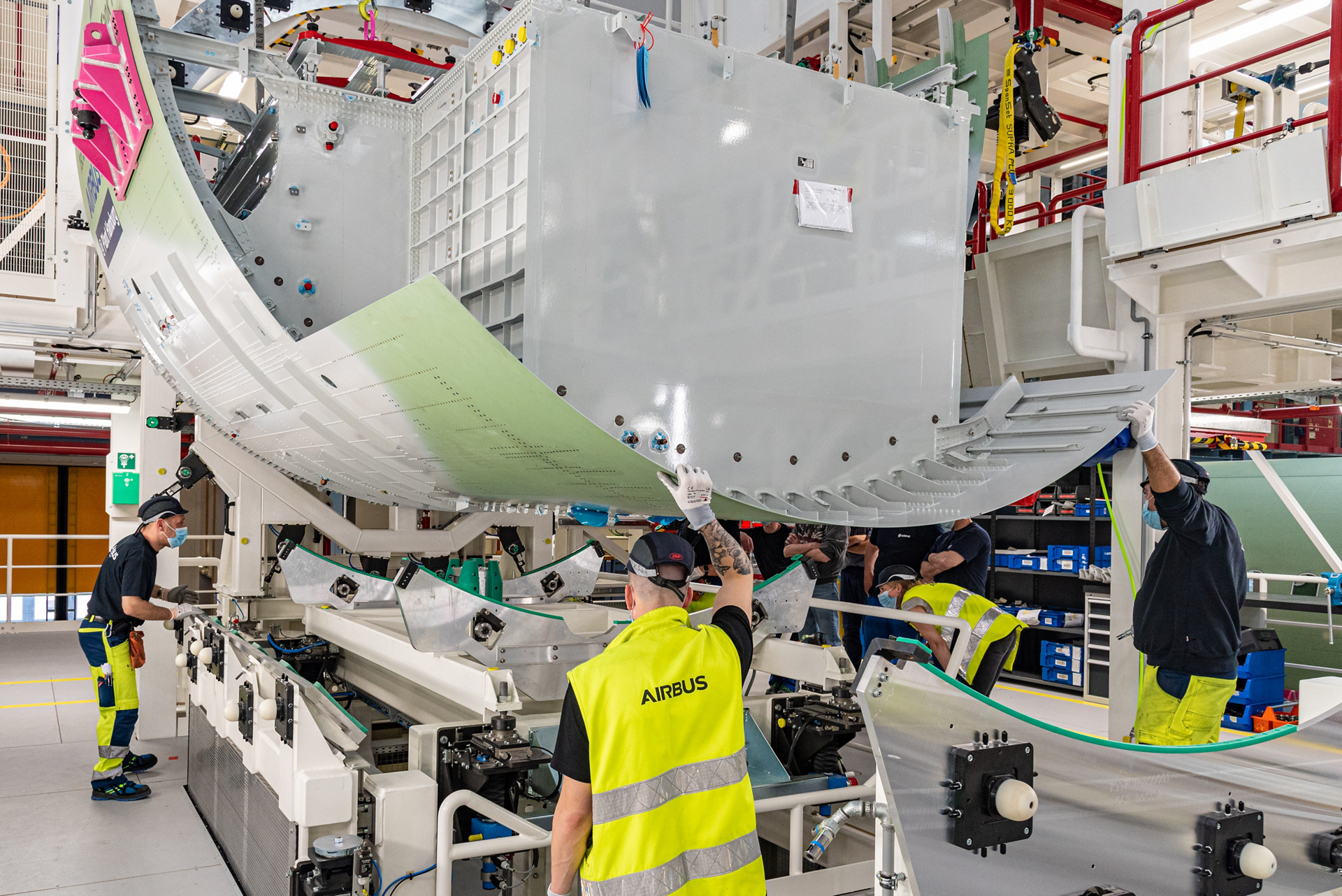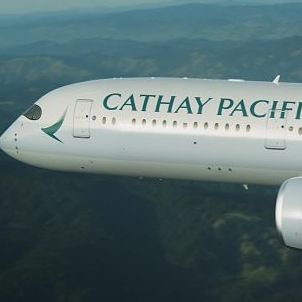wjcandee wrote:I think the bigger "cold feet" concern would be people getting cold feet about flying on this thing, given all the ways we have seen the design, location, protection and operation of fuel tanks and nearby systems be a Big Problem in events that otherwise would not result in a fireball. (TWA800, Concorde, any runway excursion with this thing, etc.).
I think this is being COMPLETELY blown out of proportion - the fuel will be consumed first AND would be at whatever ambient ground temperature it was from the supply airport. Your feet are already exposed to a floor which is in contact with air in the cargo hold, I don't see the fuel absorbing the temperature differential quick enough to make a difference. If anything this will be a benefit in the summer months / hot and high operations.
Also people talk about adding an insulation layer - what.. 2"? 5"? Yeah - well if they're using the center tanks first, you'll have a 2-5" air insulation gap almost immediately anyways. The fuel isn't going to be *TOUCHING* the floor like people seem to think.
This isn't a "big problem" at all, it's just a basic element of aero engineering and design - aircraft have been using center fuel tanks for more than half a century. This is NOT an XLR-unique issue.
TWA was an inerting issue, not a location issue. It could have happened to any tank exposed to the same elements - the nitrogen purge interting is now required for such tanks exposed to heat and/or voids where vapors can form.
Concorde? That aircraft has 11 fuel tanks and the punctures occurred in the WING tanks by the way. Furthermore, they were due to unique tire design/speed constraints.
Runway excursion? You mean like the BA flt 38 777 incident where they landed short and BOTH main landing gear punched straight through the primary wing tanks and there was STILL no problem? BTW any center tank in that situation would have likely remained
undamaged. The wings are actually a far more delicate and awkward location to store fuel if you're talking about potential impact damage. Pick your poison - either way you slice it you're flying in a giant tube carrying two things; a ton of fuel and a ton of people.
reidar76 wrote:The A321XLR is the only larger project at Airbus, with an certicication and EIS coming up. Since there isn't much else happening, also due to covid, Airbus have their absolute best people, and plenty of them, working full-time on the A321XLR.
I have confidence that any issues will be resolved, and that the XLR will be certified on schedule. Two years to EIS now. It will be a game changer. Only Boeing will have cold feet: NMA or NSA?
Exactly - I agree 100%, they've got nothing going on right now and have an incredible track record with EIS when it comes to modified airframes, expanding capacities / stats / MTOW, etc. This really isn't a complicated issue, and the fact that they've got the first tank on-site is probably proof of this.
xl0hr wrote:Thank you for your insight! I'll follow up with two more questions:
- Being an integral tank but inside the pressure hull, how does the section with a full tank expand when climbing? Does something like Avogadro exist for liquids?
- Similarly, would the stresses on forward and aft walls of the tank change?
I think you answered your own question - if it's inside the pressure hull, by nature it wouldn't expand or contract due to altitude changes any more than the fluids in your own body. Regardless - it will have surge protection and other standard fuel tank safeties installed. Avogadro's law doesn't apply since it'll remain at cabin pressure. Even if it didn't, then they'd treat it like every other pressurized wing tank out there which function perfectly fine. Likewise with tank pressures - I can assure you that they've tested the heck out of these tanks and that there will be a number of relief valves installed, plus the fact that the aircraft will most likely pull from these tanks first and there will be air in there regardless. I don't think fwd/aft walls would see anything unique. Again, they're seeing "ambient" cabin altitude - the outer fuselage wall is seeing the pressure like it always does.




